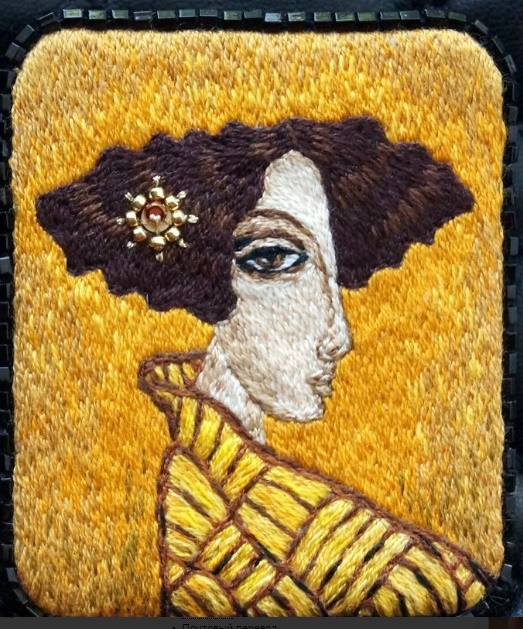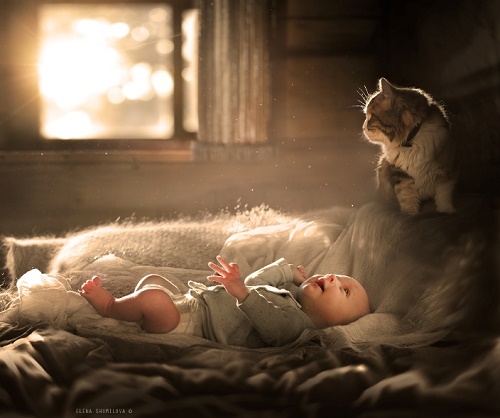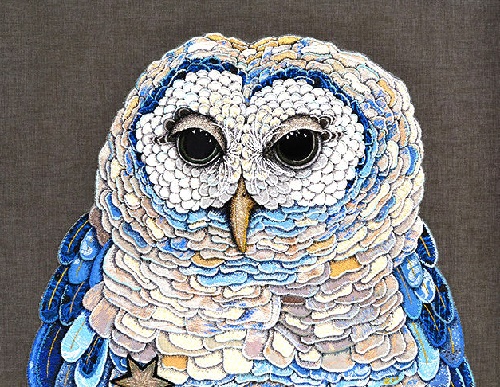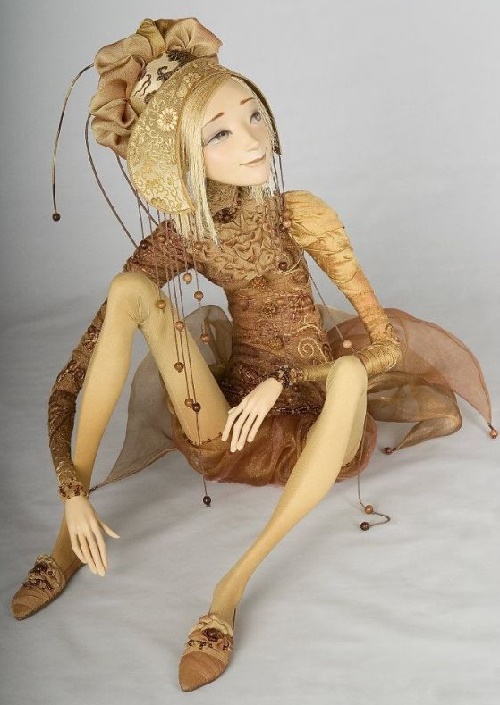Sarah Jane Connors bead painting art

Portrait of a gray cat. Beads, glass beads, buttons, river pearl. Sarah Jane Connors bead painting art
Sarah Jane Connors bead painting art
Beautiful British artist Sarah Connor works in the field of applied art for no more than 3 years, but what she creates with her own hands raises delight and admiration of the audience. Connor creates incredibly realistic pictures, using instead of paints beads, glass, buttons and other small things. Meanwhile, the main direction of her activity and the main inspiration are portraits of animals. In particular, in her gallery portraits of a cat, a dog, a leopard, a deer and a panda. And of course, the young and talented artist has many creative ideas. According to Connor, found “treasures” – pieces of broken ceramics, glass fragments and beads inspired her from childhood. So, combining love of treasure and creativity, she enjoys shopping in charity stores of second-hand things where beads and buttons are sold. In addition, even walks along the beach of Brighton also give rich material for her creativity.
And if to talk about her technique of creating paintings, Connor glues beads and buttons on wooden panels. In general, the creation of one picture takes months of painstaking work.
Read more »





